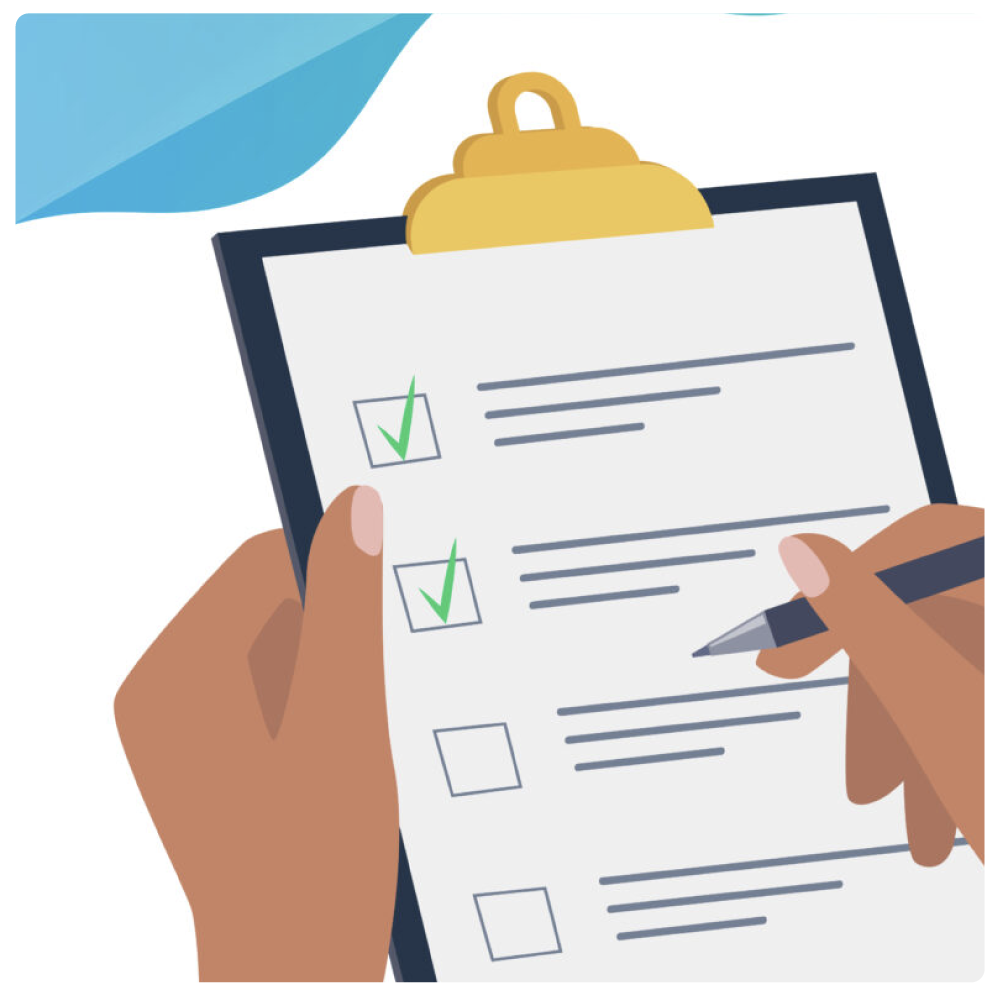How to increase lead quality for every lead you buy

Has your business dealt with the common misfortune of finding out that the majority of leads you paid for are low-quality, bad leads? Whether you are just breaking into the world of lead purchasing or you are a grizzled veteran, this question is pertinent to all buyers.
After all, how can you be expected to surpass or even keep up with your competition if bad leads are pushing your starting line further and further behind? It’s hard to win a race when you start miles behind the field.
In order to better understand how to improve lead quality, let’s first define it and identify key steps for lead enrichment. Without understanding potential foundational issues, your entire strategy could crumble. We then will introduce you to a specific tool that can help you discern between good and bad leads, regain control, increase your purchasing power, and give you a head start on your competition: ActiveProspect’s LeadConduit.
What is lead quality?
Lead quality pertains to the likeliness of your prospects becoming paying customers based on specified parameters, such as purchase behavior, shopping activity, brand interactions, market intentions, and means to buy.
Simply put, if a prospect is more likely to become a customer, then they are a higher quality lead. Ideally, lead buyers want to ONLY purchase leads with the greatest potential to become customers.
How to measure lead quality?
Measuring lead quality is essential for optimizing your marketing ROI and ensuring your sales team focuses on leads that are most likely to convert. Here’s a clear framework for doing it effectively:
1. Define what a “quality lead” means for your business
Start by aligning sales and marketing teams on what constitutes a qualified lead. This typically includes:
- Demographics: Age, income, job title, location, etc.
- Firmographics: Industry, company size, or revenue (for B2B).
- Behavioral signals: Website visits, form completions, downloads, or email engagement.
- Intent signals: Requesting a quote, booking a demo, or viewing pricing pages.
Your definition of a quality lead should tie directly to your Ideal Customer Profile (ICP).
2. Track conversion metrics
A simple way to measure lead quality is to monitor how leads progress through your funnel:
- Lead-to-Marketing Qualified Lead (MQL) rate – How many raw leads meet your marketing criteria?
- MQL-to-Sales Qualified Lead (SQL) rate – How many leads are accepted by sales for follow-up?
- SQL-to-Customer conversion rate – How many turn into paying customers?
High conversion rates between stages indicate strong lead quality.
3. Measure lead engagement
Track how actively your leads engage with your brand:
- Email open and click rates
- Page views per session
- Time spent on key pages (pricing, testimonials, etc.)
- Response rate to sales outreach
More engaged leads tend to be higher quality and closer to making a decision.
4. Assess lead source performance
Not all lead sources deliver equal quality. Compare leads from:
- Organic search
- Paid ads
- Social media
- Third-party vendors
Evaluate not just quantity but cost per acquisition (CPA) and lifetime value (LTV) from each source. This helps you reallocate budget toward high-performing channels.
5. Use lead scoring models
Assign numeric values to actions and attributes. For example:
- +10 points for downloading an eBook
- +20 points for attending a demo
- +15 points for job title = “Director”
Leads with higher scores are more likely to convert.
6. Validate and verify lead data
Ensure the data you’re measuring is accurate and compliant:
- Use TrustedForm to verify consent and confirm that a real person submitted the form.
- Use LeadConduit to filter, enrich, and reject invalid or duplicate leads before they hit your CRM.
Clean, compliant data is the foundation of accurate quality measurement.
7. Analyze revenue attribution
Ultimately, the best indicator of lead quality is revenue. Track:
- Which leads close fastest
- Which sources produce the highest LTV
- Which lead types require the least sales effort
8. Collect feedback from Sales
Quantitative data only goes so far—ask your Sales team which leads actually convert well. They can identify patterns (e.g., certain industries or titles) that signal strong potential, helping refine your lead qualification criteria.
How do I improve lead quality?
Low lead quality is a problem that any company acquiring third-party leads faces, and often the problem lies within. Use these three self-evaluation questions to help optimize and customize your company’s approach:
1. Have you evaluated your lead sources?
Always know your sources. If you are acquiring third-party leads, this can come down to the originating domain. Understanding and knowing the originating domain can help differentiate between a prospective lead who filled out forms in hopes of winning an iPad (low-quality lead), and one that came from reading an industry-specific blog from someone interested in a certain type of product (high-quality lead). By simply knowing where they originated, you can cut out hours of wasted time on bad leads. Export leads from Sales Navigator and use the original domain as a factor to filter out low-quality leads and focus on high-quality ones.
2. Did your leads consent to be contacted?
One of the cornerstones of ActiveProspect is to ensure that the leads have consented to be contacted. If leads have not consented to be contacted, this is a glaring identifier that they are of low quality, and you are unnecessarily exposing yourself to potential litigation.
For example, say your company has been given a new lead and decides to pursue the opportunity without verifying that the lead has consented to be contacted. Even with TCPA consent secured, it’s always a smart idea to verify their professional email addresses to ensure the information you have is current and reliable. Doing so prevents wasted effort reaching out to outdated contacts and keeps your conversations meaningful and targeted. If the lead has not consented, they do not have interest, your company has wasted time and resources pursuing a bad lead, and you have exposed yourself to potential compliance infractions.
Always verify that your leads have consented to be contacted and start a conversation with a prospect that actually wants to speak with you; guarantee that they are high quality and that you are compliant.
Learn more about consent-based marketing by downloading our whitepaper here.
3. Do your leads have buying power?
Does the prospective lead truly possess the ability to buy what you’re selling? Establishing income parameters or job titles can help differentiate between buyers and browsers. If you are selling a high-end product, it is important to include a data entry section that requires income or job title verification. By doing this, you can separate CEOs from interns and high-quality leads from low-quality ones.
Maybe you never even thought about checking the originating domain or were even aware of the legal ramifications regarding consent. Maybe your prospective leads were only filling out their names and emails, and the thought of establishing buying power never occurred to you.
These are common oversites within the industry, and ActiveProspect has the all-in-one solution on how to improve lead quality.
The LeadConduit one-stop shop
ActiveProspect’s LeadConduit is a real-time lead optimization platform that empowers you to take action on your leads by customizing lead flow, enhancing leads with additional data, filtering and rejecting leads, and delivering it all straight to your CRM.
LeadConduit leverages several add-on services (contact validation, demographic identification, financial verification, and high-risk protection) to help your business optimize its lead acquisition strategy and set rules that ensure you only accept leads that meet your criteria.
LeadConduit is your one-stop shop for lead management, lead optimization, and lead distribution. Take control and make the most out of every high quality lead in your system.
Final thoughts
Improving lead quality isn’t about luck—it’s about control. By clearly defining what a quality lead looks like, verifying consent, understanding the source, and confirming buying intent, you can dramatically increase the value of every lead you purchase.
Tools like LeadConduit empower you to take this process one step further, automatically filtering, enriching, and routing leads in real time to ensure only the best reach your sales team.
When paired with TrustedForm for consent verification, you gain full visibility and confidence in your data. The result? Fewer wasted dollars, higher conversions, and a streamlined path to growth. Start optimizing your lead flow today—and turn every lead into a real opportunity.








